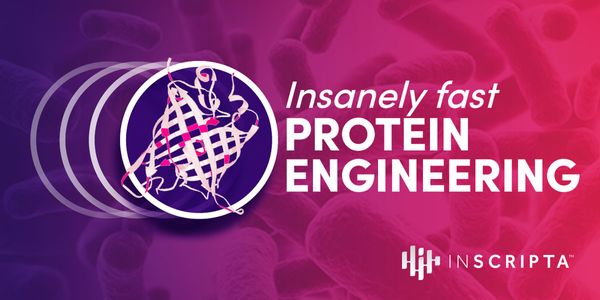APR 14, 2022 | 8:00 AM
Date: April 14, 2022 Time: 8:00am (PDT), 11:00am (EDT), 5:00pm (CET) Across oncology applications, from research to molecular testing and pharmaceutical development, the ability to identify...
APR 13, 2022 | 9:00 AM
Date: April 13, 2022 Time: 9:00am (PDT), 12:00pm (EDT) Flex-Seq® Ex-L offers targeted, fast, and effective sequencing-based...
The vast structural diversity of proteins is responsible for their functional versatility, but also makes their expression and purification a demanding task. Tagging proteins with affinity t...
Learning Objectives: 1. Explain what is gene therapy is. 2. Explain what steps are involved for getting a gene therapy product to the clinic. 3. Discuss development and manufacturing process...
























